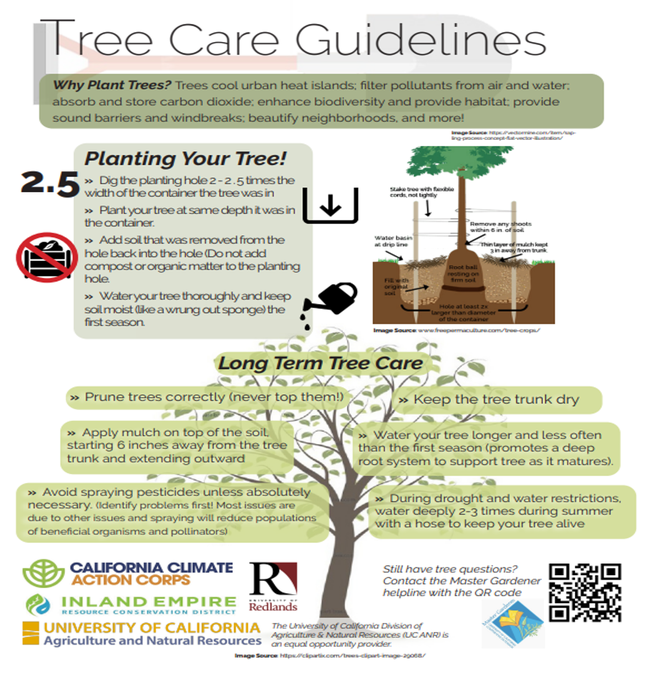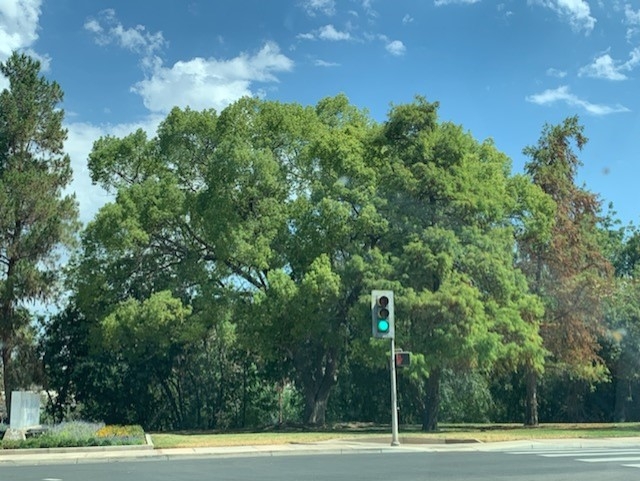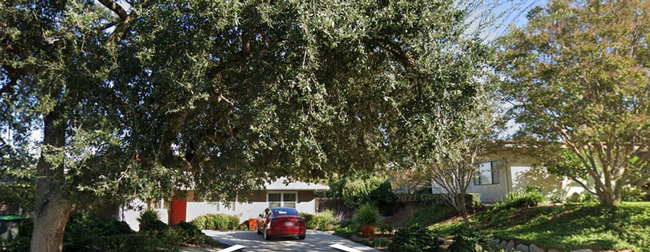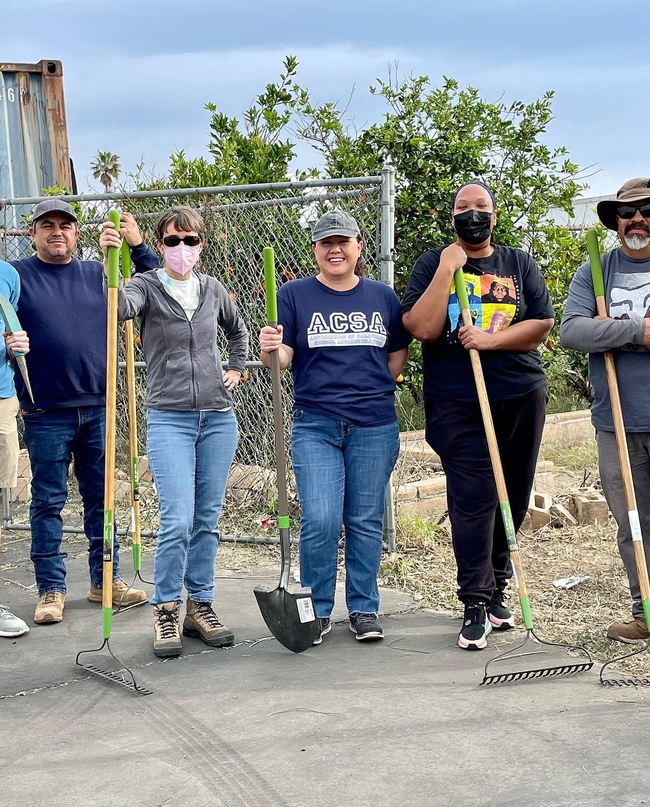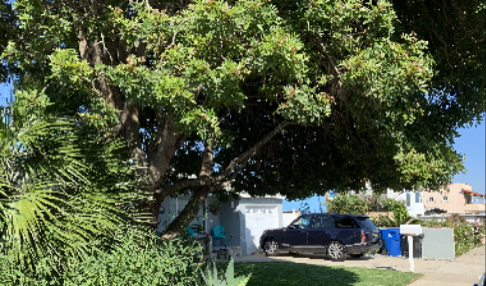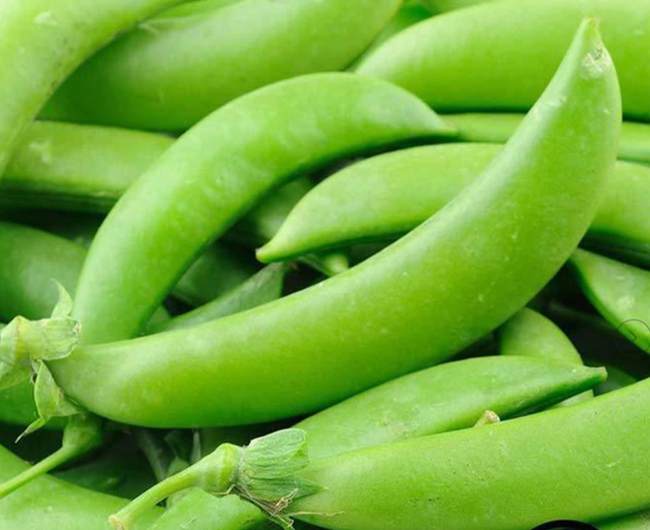Posts Tagged: Natural Resources
Fall is a Great Time to Plant Trees
Fall is a great time to plant trees in our urban landscapes. Temperatures are cooler than summer and trees adjust to transplanting much better than during the heat of summer.
Why trees? Trees reduce surface temperatures of asphalt and other dark impervious surfaces by over 60 degrees F in inland cities during spring and summer. They also reduce energy usage and costs, enhance habitat and pollinator populations, absorb and store carbon dioxide, provide oxygen for our subsistence, reduce erosion, reduce glare and noise, add beauty to our neighborhoods, and enhance mental and emotional health.
I am appreciative to UCCE San Bernardino County Master Gardener trainee Alex Shippee for his graphic design wizardry, making a drab publication on planting trees inviting and appealing to read.
Have more questions about your trees? Contact the UC Cooperative Extension Master Gardener tree helpline in San Bernardino County. 22trees4tomorrow@gmail.com or our general telephone helpline at (909)387-2182 or email mgsanbern@ucanr.edu where your gardening questions can also be addressed. (You will also reach this website by following the QR code link above.) We also have this handout available in Spanish.
Climate change resources for Horticulturists, Government Officials, and UCCE Master Gardeners
Climate Change Resources for Horticulturists and UCCE Master Gardeners
Updated by Janet Hartin jshartin@ucanr.edu 8/17/2022
University of California UC ANR Green Blog (Climate Change and Other Topics) https://ucanr.edu/blogs/Green/index.cfm?tagname=climate%20change (full index)
Examples:
- Save Trees First: Tips to Keep Them Alive Under Drought https://ucanr.edu/b/~CdD
- Landscaping with Fire Exposure in Mind: https://ucanr.edu/b/~G4D
- Cities in California Inland Areas Must Make Street Tree Changes to adapt to Future Climate https://ucanr.edu/b/~oF7
UC Climate Change Videos
Drought, Climate Change and California Water Management Ted Grantham, UC Cooperative Extension specialist (23 minutes) https://youtu.be/dlimj75Wn9Q
Climate Variability and Change: Trends and Impacts on CA Agriculture Tapan Pathak, UC Cooperative Extension specialist (24 minutes) https://youtu.be/bIHI0yqqQJc
California Institute for Water Resources (links to blogs, talks, podcasts, water experts, etc.) https://ciwr.ucanr.edu/California_Drought_Expertise/
UC ANR Wildfire Resources (publications, videos, etc.) https://ucanr.edu/News/For_the_media/Press_kits/Wildfire/ (main website)
UC ANR Fire Resources and Information https://ucanr.edu/sites/fire/ (main website)
Preparing Home Landscaping https://ucanr.edu/sites/fire/Prepare/Landscaping/
UC ANR Free Publications https://anrcatalog.ucanr.edu/ (main website)
Keeping Plants Alive Under Drought and Water Restrictions (English version) https://anrcatalog.ucanr.edu/pdf/8553.pdf
(Spanish version) https://anrcatalog.ucanr.edu/pdf/8628.pdf
Use of Graywater in Urban Landscapes https://anrcatalog.ucanr.edu/pdf/8536.pdf
Sustainable Landscaping in California https://anrcatalog.ucanr.edu/pdf/8504.pdf
Other UC (Non-ANR) scientists
Daniel Swain (UCLA): website: https://weatherwest.com/ twitter: @Weather_West
Non-UC Climate Change Resources
Urban Forests and Climate Change. Urban forests play an important role in climate change mitigation and adaptation. Active stewardship of a community's forestry assets can strengthen local resilience to climate change while creating more sustainable and desirable places to live. https://www.fs.usda.gov/ccrc/topics/urban-forests
Examining the Viability of Planting Trees to Mitigate Climate Change (plausible at the forest level) https://climate.nasa.gov/news/2927/examining-the-viability-of-planting-trees-to-help-mitigate-climate-change/
Reports and other information resources coordinated under the auspices of the United Nations and produced through the collaboration of thousands of international scientists to provide a clear and up to date view of the current state of scientific knowledge relevant to climate change. United Nations Climate Action
Scientific reports, programs, action movements and events related to climate change. National Center for Atmospheric Research (National Science Foundation)
Find useful reports, program information and other documents resulting from federally funded research and development into the behavior of the atmosphere and related physical, biological and social systems. Search and find climate data from prehistory through to an hour ago in the world's largest climate data archive. (Formerly the "Climatic Data Center") National Centers for Environmental Information (NOAA)
Think tank providing information, analysis, policy and solution development for addressing climate change and energy issues (formerly known as the: "Pew Center on Global Climate Change"). Center for Climate & Energy Solutions (C2ES)
Mapping Resilience: A Blueprint for Thriving in the Face of Climate Disaster. The Climate Adaptation Knowledge Exchange (CAKE) was launched in July 2010 and is managed by EcoAdapt, a non-profit with a singular mission: to create a robust future in the face of climate change by bringing together diverse players to reshape planning and management in response to rapid climate change. https://www.cakex.org/documents/mapping-resilience-blueprint-thriving-face-climate-disaster
Cal-Adapt provides a way to explore peer-reviewed data that portrays how climate change might affect California at the state and local level. We make this data available through downloads, visualizations, and the Cal-Adapt API for your research, outreach, and adaptation planning needs. Cal-Adapt is a collaboration between state agency funding programs, university and private sector researchers https://cal-adapt.org/
Find reports, maps, data and other resources produced through a confederation of the research arms of 13 Federal departments and agencies that carry out research and develop and maintain capabilities that support the Nation's response to global change. Global Change (U.S. Global Change Research Program)
The Pacific Institute is a global water think tank that combines science-based thought leadership with active outreach to influence local, national, and international efforts to develop sustainable water policies. https://pacinst.org/our-approach/
Making equity real in climate adaptation and community resilience policies and programs: a guidebook. https://greenlining.org/publications/2019/making-equity-real-in-climate-adaption-and-community-resilience-policies-and-programs-a-guidebook/
Quarterly CA Climate Updates and CA Drought Monitor Maps (updated each Thursday) https://www.drought.gov/documents/quarterly-climate-impacts-and-outlook-western-region-june-2022
Drought Resources for Keeping Trees Alive
University of California Cooperative Extension Drought Resources To Keep Your Plants Alive
"Trees Come First Under Drought and Water Restrictions"
Keeping Plants Alive Under Drought and Water Restrictions (English) https://anrcatalog.ucanr.edu/pdf/8553.pdf
Keeping Plants Alive Under Drought and Water Restrictions (Spanish) https://anrcatalog.ucanr.edu/pdf/8628.pdf
Prioritizing Trees During Drought and Water Restrictions (5 minute Youtube)
https://www.youtube.com/watch?v=CTKLlJgdLVk
Tips to Keep Your Landscape Trees Alive Under Drought https://ucanr.edu/b/~IjC
Landscape Tree Irrigation to Maximize Tree Health, Benefits, and Beauty https://ucanr.edu/b/~YjA
Landscape Tree Irrigation 101 https://ucanr.edu/b/~UjA
Top 10 Ways to Conserve Water in Your Landscape and Garden https://ucanr.edu/b/~tTD
Asphalt and Synthetic Turf are Superheating our Cities (in Desert Sun newspaper) https://www.desertsun.com/story/opinion/contributors/valley-voice/2022/04/09/coachella-valleys-asphalt-synthetic-lawn-heat-islands-reach-170/9515857002/
Use of Graywater in Urban Landscapes in California https://anrcatalog.ucanr.edu/pdf/8536.pdf
Need More Help? Speak to a UC Cooperative Extension Master Gardener in Your County of Residence.
Find email and phone helplines here: Find a UC Master Gardener Program - UC Master Gardener Program (ucanr.edu)The Top Ten Ways to Conserve Water in Your Landscape and Garden in San Bernardino County
1. Select drought-resistant plants that grow well in your climate zone and microclimate (sun, shade, etc.). Try these search engines:
SelecTree: A Tree Selection Guide (calpoly.edu) Plant Search Database
Plant Search Database - Water Use Classification of Landscape Species (WUCOLS IV) (ucanr.edu)
For inland San Bernardino County: Home - Inland Valley Garden Planner
2. ‘Hydrozone': Place plants with similar water needs (very low, low, medium, high) together and water the hydrozones on different valves (or, if hand watering, water plants requiring the most water longer but not necessarily more often than other plants).
3. Make sure your irrigation system is operating properly (pressure, spacing, no weeds around heads, no broken parts, etc.).
4. Irrigate based on species and seasonal water needs (highest in summer) and soil type (sandy loam, clay loam, etc.).
5. Irrigate slightly below the current root zone depth of your plants to encourage deep rooting into cooler soil: - 6”-8” for annuals, perennials, and turf - 8”- 1' for shrubs - 1' or deeper for trees
6. Water early in the morning when soil evaporation is minimal.
7. Control weeds. They compete with your garden plants for water.
8. Spread and maintain 2-4” of mulch around garden plants and trees (3-4” for wood chips, 2” for pebbles, decomposed gravel, etc.) keeping it a few inches away from tree trunks.
9. Avoid over-fertilizing. Too much nitrogen creates weak growth and the need for more water.
10. If you have a lawn and still want to keep it, water based on the UC ANR 'Lawn Watering Guide': http://ucanr.org/freepubs/docs/8044.pdf
Contact a trained University of California Cooperative Extension (UCCE) Master Gardener in San Bernardino County for more help! mgsanbern@ucanr.edu (fastest!) or: (909)387-2182 (leave a message for a return phone call)
Redlands trees
How do plants "communicate"?
o you ever wonder if plants “communicate” with each other? If so, you're not alone. The research on this important and fascinating topic has increased dramatically in the last decade. My interest in it dates back decades to my graduate school thesis that involved how phenolic acids exuded by the roots of garden pea (Pisum sativum) accessions from around the world warded off weeds that would otherwise have crowded them out. This was an early form of biological weed control for sure! The seeds we studied were 20-30 years old and had been carefully stored and preserved in USDA facilities for research such as this.
They were all non-hybrids that had unadulterated natural genetic qualities. While I am in no way suggesting that plant breeding isn't overall a positive advancement, there are instances where something is lost when something is gained, and genes are certainly no exception! Sometimes breeding for an improvement in one facet (production per acre, nutrition, etc.) results in the loss of another genetically controlled factors that may be negative or positive.
At about the same time I was pursuing my research described above at University of Minnesota, University of Washington zoologist David Rhoades demonstrated how some plants defend themselves against insect attacks by changing the nutritional and/or taste of their foliage. In turn, insects that otherwise would chow down on the tasty leaves look elsewhere for their lunch. Since then, research identifying the multiple paths that plants use to exchange information with neighboring plants (largely within their own species) and ward off herbivores (organisms feeding mostly on plants), diseases, and weeds has nearly tripled. While a lot of this chemical information exchange relates to the release of volatile organic compounds in the root zone and through the air, electrical signaling among plants also occurs.
Below are a few recent examples:
-Lima beans attacked by insects signaled nearby lima bean plants who built up defenses to avoid damage
-Lodgepole pines attacked by a beetle signaled neighboring trees who had time to prepare for attack.
While, traditionally, research identified these chemical warnings occurring only in neighboring plants of the same species, Cornell researchers discovered that sagebrush (Artemisia tridentata)with insect damage can release chemical signals recognized by wild tobacco (Nicotiana attenuata). In turn, the tobacco plants pump up their arsenal of chemical defenses to avoid damage. (Interestingly, the tobacco plants don't waste precious nitrogen and carbon on defense mechanisms until they are actually attacked since these elements need to be conserved as much as possible for future seed production.)
Ted Farmer's team at University of Lausanne, attached leaves of thale cress (Arabidopsis thaliana) with microelectrodes prior to infesting them with Egyptian cotton leafworms. Almost immediately, voltage changes radiated outward from the damaged leaf tissue in the damaged plant and other neighboring plants resulting in accumulation of jasmonic acid which reduced further damage. Genes responsible for transmitting the electrical signal create membrane channels inside cell walls that provide a conduit for charged ions. The genes in some ways parallel receptors that animals rely on to relay sensory signals through their bodies.
And last but certainly not least, Kudos to UC Davis ecologist/entomologist Richard “Rick” Karban, who was named a fellow of the Ecological Society of America (ESA) for “his innovative contributions to community and evolutionary ecology, especially through providing conceptual advances and rigorous experimental work on plant-insect interactions." Want to learn a log more about this topic." Still "hungry" for more information on this topic? You're in luck! Dr. Karban wrote a 240-page book entitled: Plant Sensing and Communication (University of Chicago Press).





